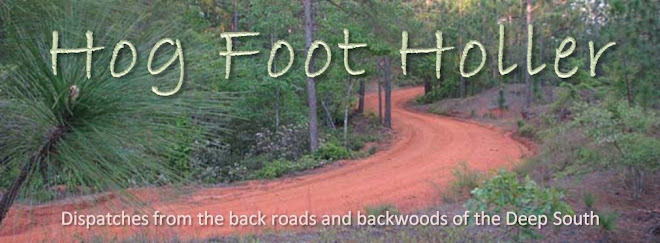
I then turned about 180 degrees to take this photo, just to put the scene in context.

Now, I don't know how many acres of pileated woodpecker habitat exist on the National Mall, but I've walked most of it, and it's really not that much. It's hard to imagine more than a pair or two living there. I was quite surprised to see the bird, but perhaps I shouldn't have been. The area is basically a park, and there are a lot of old deciduous trees, but it's a very urban "forest," interspersed with museums, monuments, and open spaces. Still, had I been tasked last week with driving 900 miles to obtain evidence of a pileated woodpecker in my first hour of exploring the National Mall, I'd have probably said it couldn't be done.
I suppose there's a list of the birds of the Mall, but I haven't found one. The pileated is listed as "common" in nearby Rock Creek Park, a protected area. I'm fairly certain the presence of such a conspicuous bird at the Mall is already known. But reflecting back on my unsuccessful searches for the larger ivory-billed woodpecker down in Florida's Choctawhatchee, where people I know swear they've seen ivorybills, I wonder how long it would take for a team of experts to confirm my DC pileated sighting. Probably not very long, I'll grant you. If the tables were turned and it was the pileated whose existence was in doubt, would a photo of the same quality and resolution as mine be acceptable as evidence? No. Sadly, no photos or video even as good as this exists for the ivorybill. I remain hopeful, but I'm not nearly as optimistic as I once was.




